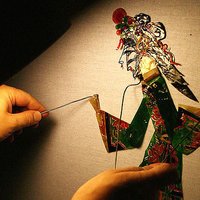
Jun 21, 2012
The basal ganglia is a core part of the brain, deep inside your skull, that helps control movement. Unless something upsets the chain of command.
Enter Liza Shoenfeld. After graduating from college in 2009, Liza got a job as a research associate in a lab at the University of California, San Francisco. She was just starting her career in neuroscience, and though she was kind of at the bottom of the totem pole, she got to be a part of some really cutting-edge research. Her lab was zeroing in on how the basal ganglia worked by experimenting on mice, and had figured out a way to essentially switch different parts of the basal ganglia on and off, by shining a special laser into their little mouse brains.
So, armed with her lab skills and an interest in the basal ganglia, Liza started applying to grad schools where she could turn her experience with the mice into research questions of her own. And that's when things got really, really weird...and Liza got much closer to her subject then she'd ever intended.
You can watch a video of the mice here (it was posted to Nature, along with a paper on basal ganglia pathways).
Then: Meet Rosemary Morton. She had a little, um, trouble with gravity. Actress Hope Davis helps us relive this mysterious case of the topsy turvies--a true story that was excerpted from an essay by Berton Roueché, and which first appeared in the New Yorker in 1958 and was later published by Dutton in a book called "The Medical Detectives."